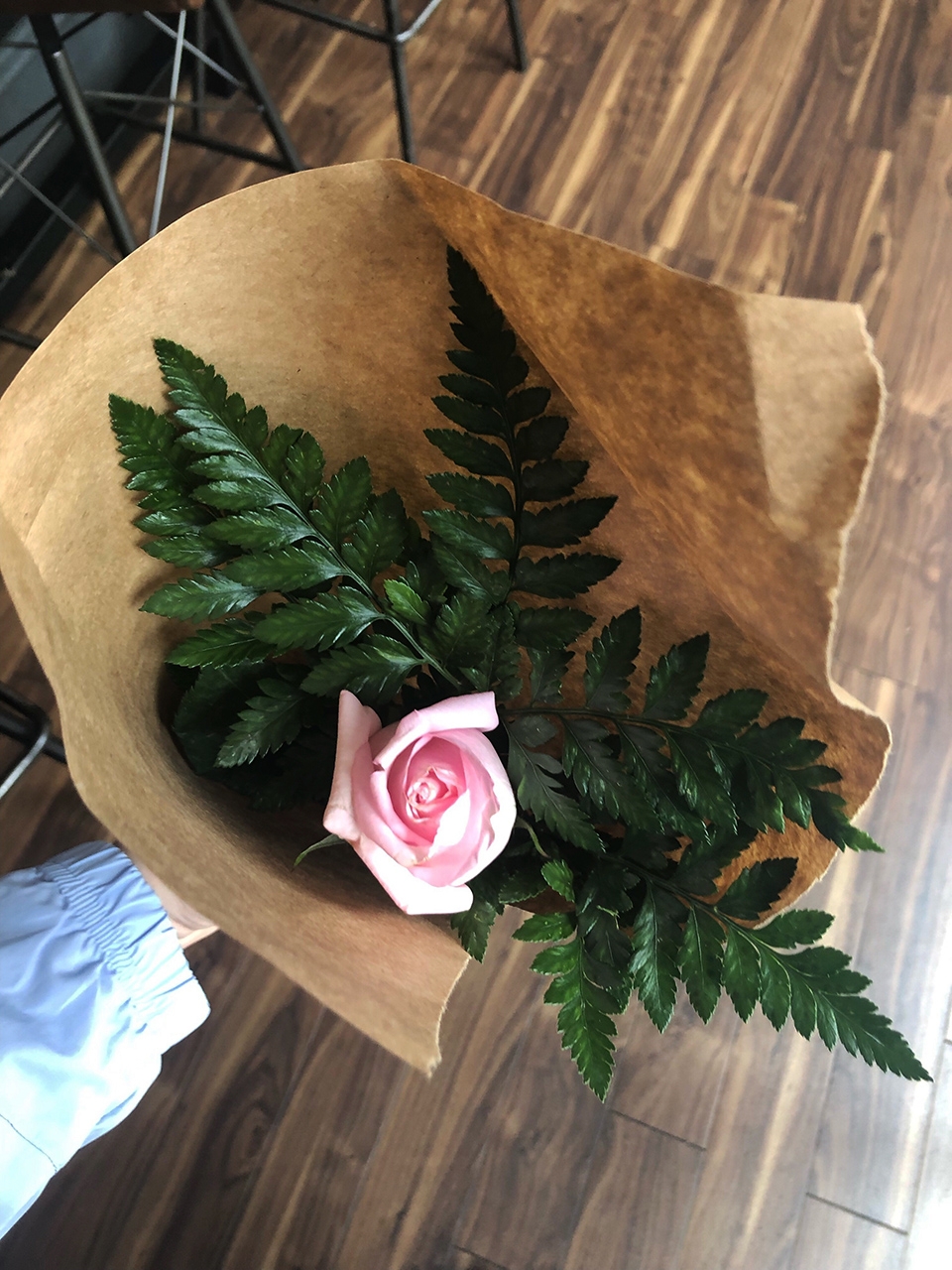By Kaye Burnet | The Duquesne Duke
More than 1,000 protesters marched from Oakland to downtown Pittsburgh last week on Martin Luther King, Jr. Day and invoked King’s memory to call for an end to racism. However, Brown University sociology professor John Logan said high levels of residential segregation continue to slow progress toward equal treatment for blacks in Pittsburgh, the 19th most segregated city in the country.
Logan’s 2011 study, “The Persistence of Segregation in the Metropolis,” combines census data from 1980 to 2010 to highlight which cities in the U.S. have the most defined amount of separation between where “white” residents live and where minority residents live.
Pittsburgh received a high “Index of Dissimilarity” score, which means black residents tend to live in mostly black neighborhoods while white residents live in predominantly white neighborhoods. According to U.S. 2010 census data, Pittsburgh neighborhoods Beltzhoover, the Hill District and Homewood have populations that are more than 80 percent black. Lawrenceville, Point Breeze and Oakwood have 80 percent white populations.
“There’s a problem with the media attention given to race and ethnicity—there’s a lot of celebrating America becoming more diverse and welcoming, but there’s another side to that diversity,” Logan said. “We’ve maintained strong boundaries, segregation and inequality between these groups. Segregation means separate and unequal.”
Logan compared neighborhood crime rates between minority neighborhoods across the country and primarily white neighborhoods. Even after adjusting the numbers for poverty levels and other factors that affect crime rates, Logan found that minority neighborhoods were more crime-ridden.
He also used free lunch program qualification to measure school poverty levels. According to Logan, the average black or Hispanic child goes to a school where almost 70 percent of students are eligible for free lunch programs, compared to the average white student’s school, which has 35 percent eligibility.
According to U.S. Department of Education data from 2013-2014, Duquesne University’s student population is 83.7 percent white and only 4.2 percent black. While residential segregation is not a problem, Black Student Union (BSU) Secretary Hope Wallace said minority students often “stick together” because it makes them feel more comfortable.
“The BSU, along with the Office of Multicultural Affairs (OMA), are what help the black community and any other culture that is represented on campus feel at home,” Wallace said. “Duquesne offers people of color extra awards to try and get us all here, but once we actually get here they leave it to us and the OMA office to make all of the different cultures here feel welcomed.”
Logan thinks it might be more than a sense of intra-racial community and support that prevents Pittsburgh neighborhoods from becoming more diverse.
“Active discrimination still exists,” Logan said. “Fair housing laws against discriminatory housing practices are not enforced, and it’s tough for victims of these crimes to prosecute.”
Although Pittsburgh has experienced a drop in residential segregation since 1980, Logan said progress has been incremental.




